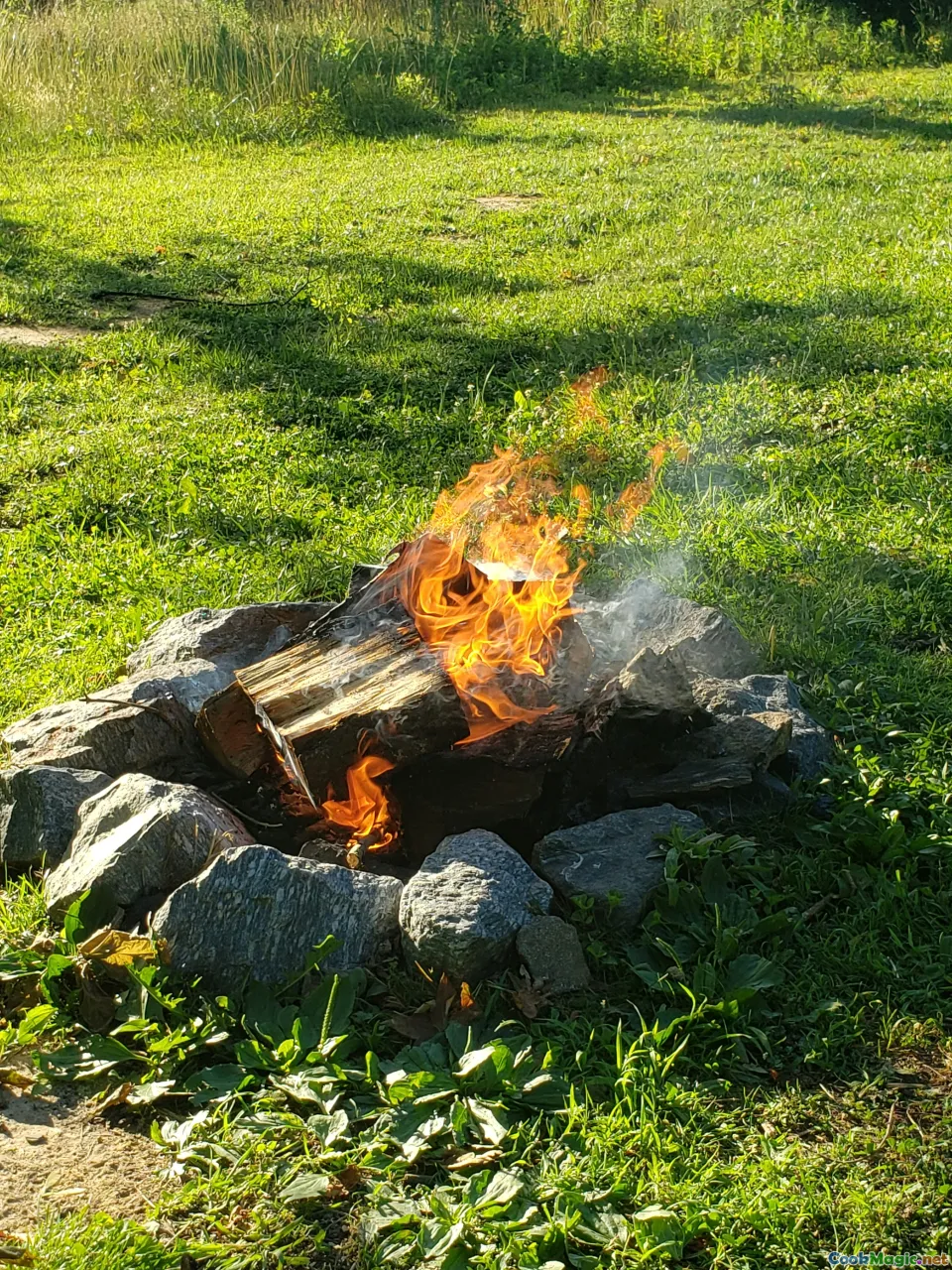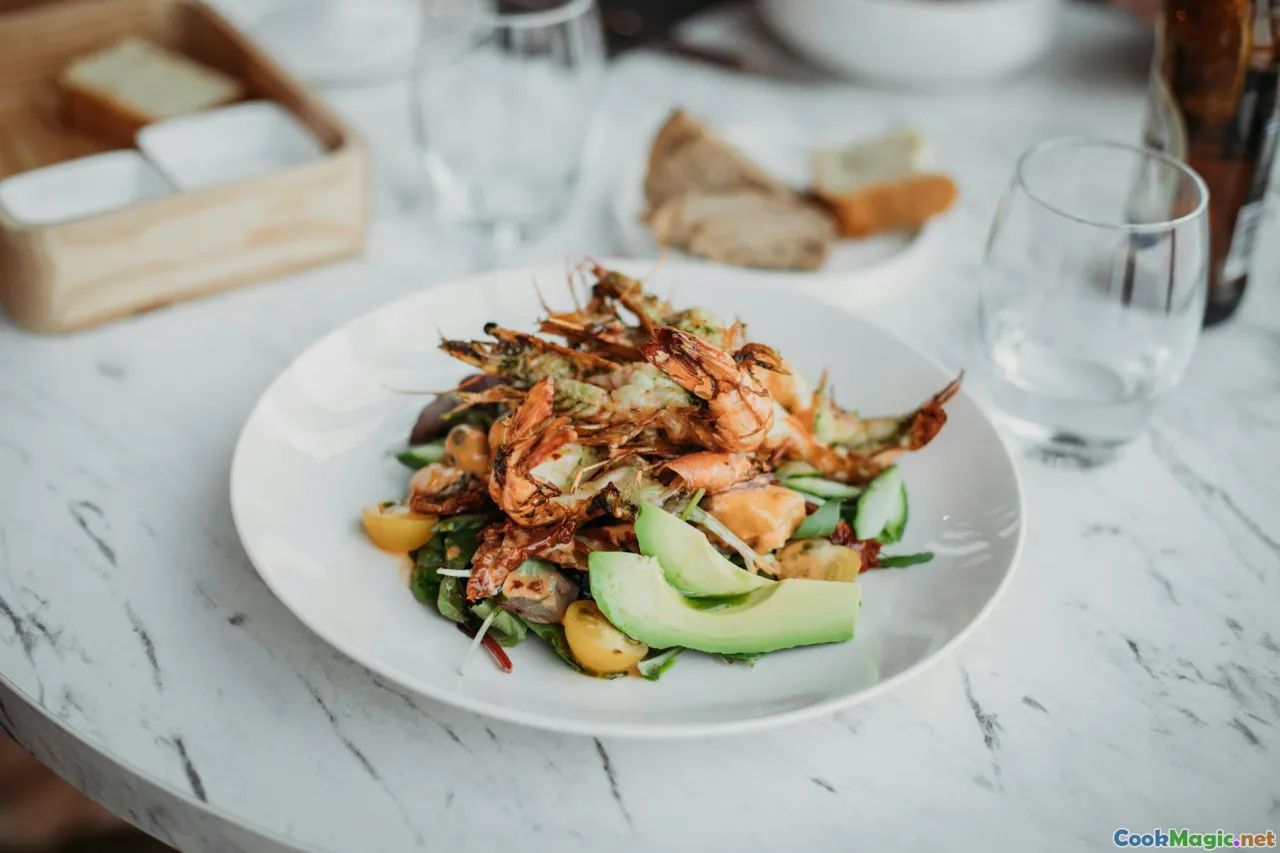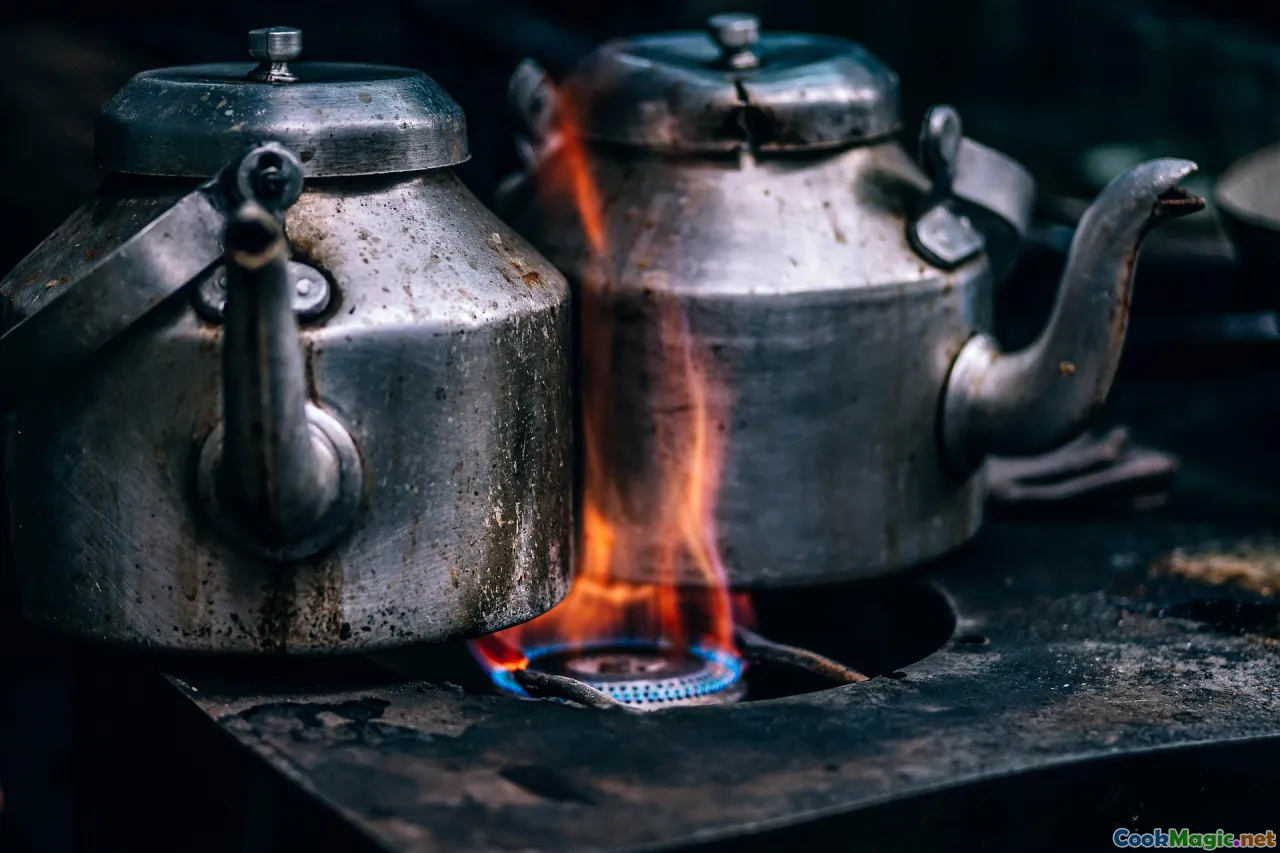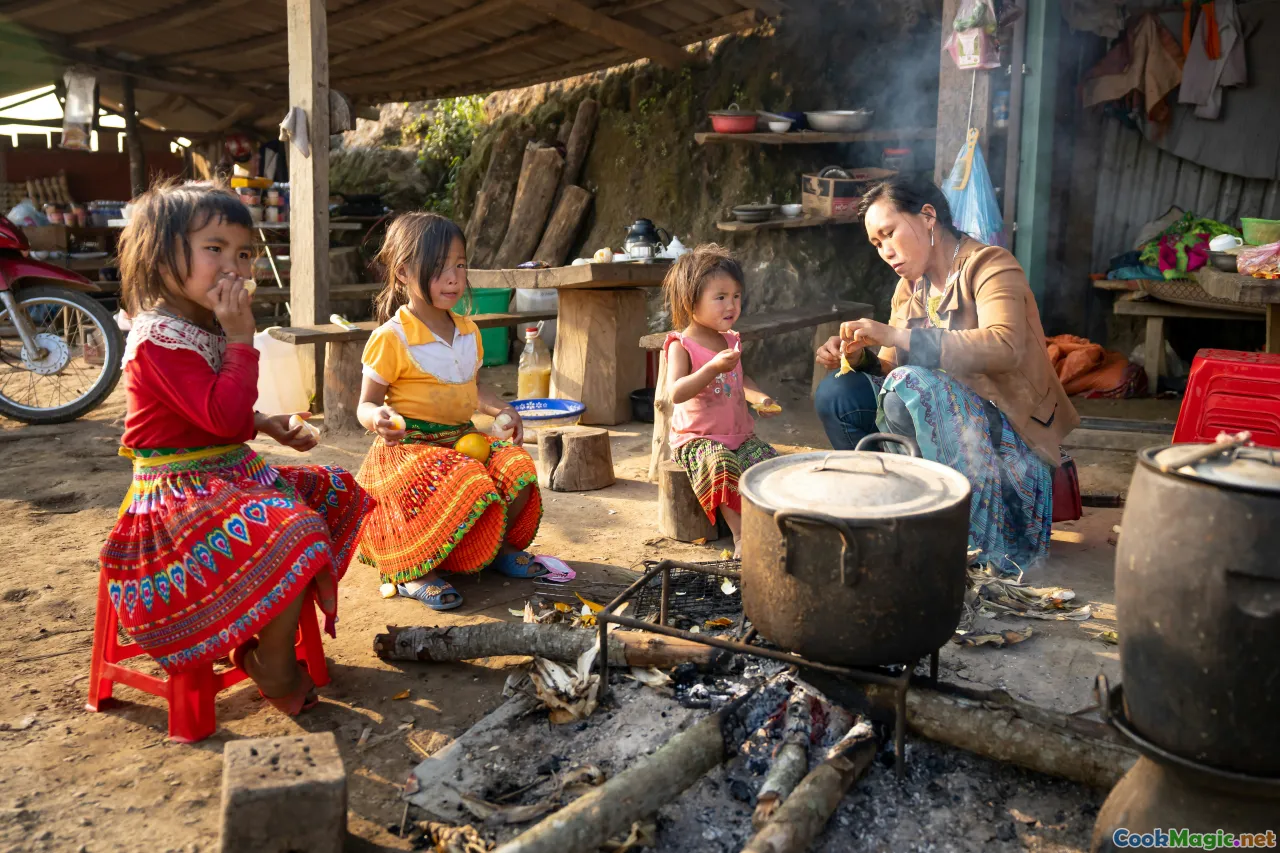Understanding the Art of Umu in Tonga Pit Oven Cooking
11 min read Explore the traditional Tonga Umu method, its cultural significance, and the culinary techniques behind authentic pit oven cooking. June 27, 2025 21:05
Understanding the Art of Umu in Tonga Pit Oven Cooking
The smoky embrace of an umu—a traditional Tongan underground oven—is a sensory journey that transports you directly into the heart of Polynesian culture. More than just a method of cooking, the umu embodies centuries of communal gathering, ancestral reverence, and culinary mastery. Walking into a Tongan village at dusk, the faint aroma of slowly roasted root vegetables, taro, fresh seafood, and taro leaves promises a feast imbued with history, emotion, and a rich tapestry of flavors. This article explores the intricate, soulful art of umu, revealing how this ancient technique sustains not just Tongan cuisine but also tightly woven social bonds.
The Cultural Significance of Umu in Tongan Society

For Tongans, the umu isn’t merely cooking; it’s a ritual woven into the cultural fabric. Historically, umu gatherings marked significant occasions: festivals, weddings, and communal celebrations. These events transcended mere nourishment, fostering unity through shared effort and participation. The process of preparing an umu—digging the pit, arranging the fire, layering the food—becomes a collective act, symbolizing cooperation and respect for ancestral practices.
Understanding the spiritual reverence attached to the umu helps us appreciate why it remains a cornerstone of Tongan identity. It’s said that the spirits of ancestors favor the umu, and the meticulous care given to every step links the present community with their lineage—honoring tradition through the fragrant dance of fire and earth.
Constructing an Umu: The Traditional Technique

Building an umu resembles a ceremonious ritual with minimal tools but maximal significance. Traditionally, the process begins with selecting a site—an open, well-drained area. Stones are arranged in a circular shape to create the fire ring. Wood and kindling, often volcanic or hardwood, are stacked in the center to ignite the fire.
Once the fire blazes with vigorous energy, large stones—specially chosen for their heat-retention properties—are placed strategically over the flames to absorb and radiate heat evenly. The stones are allowed to heat for several hours, often overnight, to ensure they reach the perfect temperature.
After heating, the hot stones are carefully withdrawn from the fire, and food wrapped in banana leaves or woven mats is layered atop them. The food is wrapped or bundled to shield it from direct contact with the stones, preserving moisture and flavor.
Finally, earth, grass, or additional layers of banana leaves are used to cover the entire pit, trapping heat inside. The slow roasting typically lasts several hours, allowing flavors to meld deeply, producing tender, smoky dishes with a complex, earthy aroma.
The Spectrum of Umu-Cooked Dishes

The versatility of the umu is astonishing—it can accommodate a wide array of Pacific ingredients to craft an authentic feast.
Root Vegetables and Taro
Root vegetables such as taro, yams, and sweet potatoes are staples. Their dense texture absorbs the smoky flavors as they gently break down during cooking, releasing an earthy sweetness that complements the charred exterior. Once uncovered, their glossy, caramelized surfaces glisten with natural sugars.
Seafood and Fish
Fresh seafood — especially giant clams, octopus, and reef fish like mahi-mahi — benefit profoundly from umu slow-roasting. The delicate texture and rich flavors develop a smoky depth, while the moisture retention keeps the flesh succulent. The soft, flaky monkfish or the firm, salty snap of fish fillets evoke oceanic purity infused with aromatic hints of wood.
Grains and Leafy Greens
Primarily cooked in woven baskets or wrapped bundles, taro leaves stuffed with coconuts and seafood become tender parcels of earthiness and creaminess. Ingredients such as cassava or breadfruit can also be added, subtly sweet and starchy, melding harmoniously over the hours.
Mastering the Umu: Tips and Techniques for Authentic Flavor

While traditional umu-making is an art passed through generations, modern cooks can adapt techniques to craft an equally authentic experience.
-
Selecting the Right Stones: Volcanic stones are ideal due to their heat retention, but avoid stones that contain cracks or are porous, which could explode during heating.
-
Controlled Fire Management: Maintain a steady, consistent fire—too fierce, and you risk uneven cooking or shattering stones; too gentle, and the process takes longer.
-
Layering the Food: Wrap ingredients individually in banana leaves to ensure even cooking and to prevent direct contact with heated stones, preserving moisture and flavor.
-
Timing: Patience is key. Slow roasting for several hours unlocks deep smoky flavors. Resist the temptation to lift the earth cover prematurely.
-
Flavor Enhancements: Traditional seasonings involve sea salt or coconut milk incorporated into the ingredients before wrapping—these add depth and richness.
The Sensory Celebration: Tasting the Umu
Uncovering an umu after hours of slow-roasting results in a sensory symphony. The aroma alone is intoxicating: earthy, smoky, with hints of sweet coconut, woody embers, and charred sea breeze. The food’s textures are uniquely tender; the yam’s silken flesh contrasts with the crisp crispness of roasted banana leaves.
First bites evoke a complex sensory cascade—savor the smoky meat, savor the richness of taro, the briny softness of seafood, the tender char of roasted vegetables. Each mouthful embodies the land, sea, and earth as a unified, flavorful harmony. Sharing that moment with elders and family members deepens the cultural resonance—an experience that transcends nourishment.
Preserving and Innovating the Umu Tradition

Today, many Tongan families and chefs are passionate about conserving this ancient tradition while exploring innovative pathways. Modern adaptations include portable gas ovens that mimic the slow heat of the earth, or incorporating international spices to craft fusion dishes that resonate with younger generations.
Community festivals and culinary tourism initiatives help disseminate knowledge, ensuring that the sacred art of umu endures. Some cooks experiment with sous-vide techniques combined with a final smoky flame finish, achieving tender, inflected flavors while maintaining precision.
Yet, amidst innovation, the essence remains unchanged—the communal act, the reverent process, and the deep connection to land and sea.
The Personal Touch: Experiences and Memories

For many Tongans, an umu isn’t solely about sustenance—it's about memories, stories, and identities woven through generations. The image of family members working side by side in the cool dawn, preparing the fire, layering the food, sharing stories amidst the crackle of burning wood, creates bonds deeper than words.
Dining under a starlit sky, with platters of smoky fish, taro, and tropical fruits, underscores a profound appreciation for tradition. Such moments—rooted in the earth, fueled by fire—become lifelong memories, connected through the universal language of good food.
Finally, engaging with the art of umu is a celebration of patience, community, and reverence for nature’s bounty. It exemplifies how ancient techniques continue to nourish not only the body but also the soul, bridging past and present, land and sea.
In exploring the depths of the umu, we unearth more than culinary skills—we discover the heartbeat of a vibrant culture, preserved in every smoky aroma and every tender bite.









